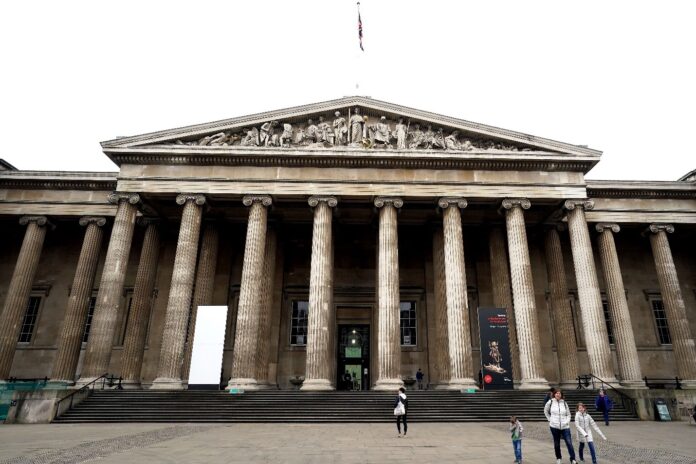The British Museum announces a decade-long, £50 million partnership with BP, intending to fund a significant renovation effort. Alongside plans to upgrade one-third of the galleries, the museum aims to transition away from fossil fuels. Critics argue that the renewed deal with BP, dating back to 1996, is “out of touch” and “indefensible,” challenging the museum’s funding choices.
This development sparks controversy, with previous ties between the British Museum and BP drawing scrutiny. In 2019, writer Ahdaf Soueif resigned from the board of trustees, highlighting the museum’s acceptance of oil and gas funding. Over 300 museum professionals signed a letter in February 2022 urging the institution to sever connections with BP, and protests unfolded within the museum premises.
Meeting minutes from November reveal the resignation of trustee Muriel Grey, mentioning a “personal decision” ahead of discussions about the BP announcement. The minutes also discuss heightened security concerns and seeking independent advice to safeguard objects due to potential protests.
Other cultural sites, including the National Gallery and National Theatre, have terminated energy firm sponsorships amid public outcry. Lord Ed Vaizey commends the British Museum’s “bold” decision, emphasising BP’s significant contributions to the arts. However, critics, such as Chris Garrard from Culture Unstained, argue that aligning with a fossil fuel company contradicts the sector’s shift away from such funding.
The renovation plan addresses the urgent refurbishment needs of the museum’s 200-year-old buildings, with a focus on updating energy infrastructure to reduce emissions. The renovation process coincides with a competition to redesign settings for renowned artefacts.
Despite the funding announcement, the British Museum grapples with recent challenges, including the loss of around 2,000 objects from its collection. A senior curator, Peter Higgs, is suspected of stealing artefacts, prompting criticism of the museum’s recording methods. An independent review instructs the museum to enhance its recording practices, and deputy director Dr. Jonathan Williams steps back after overseeing an unsuccessful investigation into the thefts. George Osborne, the museum’s board chair, asserts a commitment to implementing review findings, stating the institution is “putting our own house in order.”




















